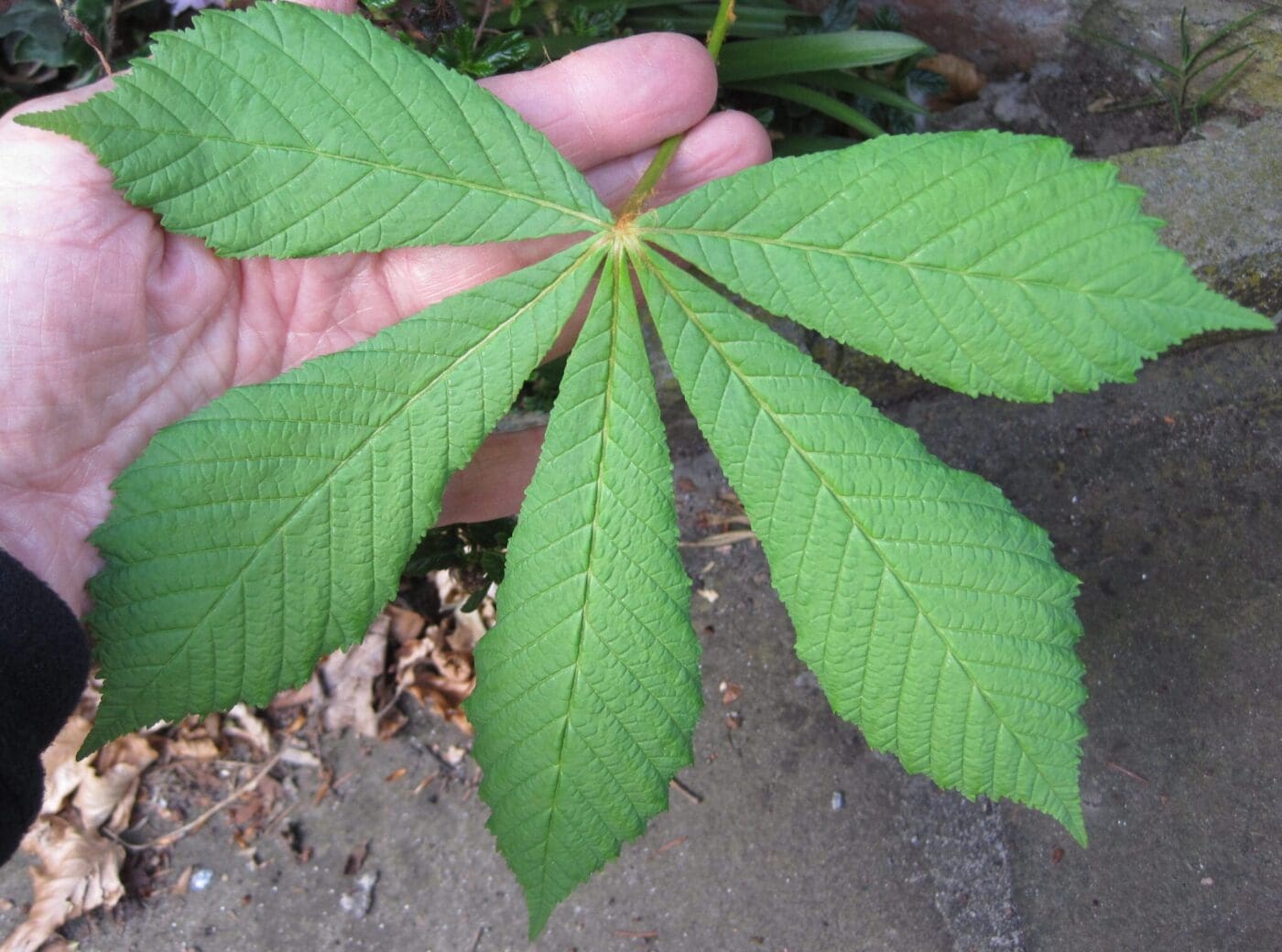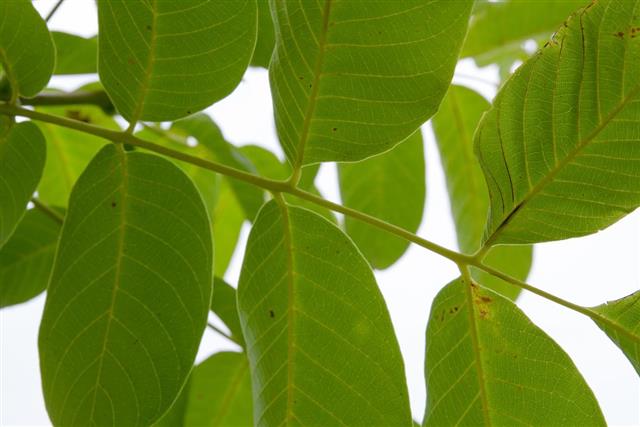

Conifers will always have needle-like leaves. The first step to identify what kind of tree you have is to figure out if it has needle-like leaves or not. Deciduous Trees coniferous – larch deciduous – elm That means if you see a tree with palmately compound leaves, your species list is quite a bit smaller. However, palmately compound leaves are not as common as pinnately compound or simple leaves. They look similar to the way our fingers do when spread out around our palms.Ĭommon species with palmately compound leaves include the Ohio buckeye, Schefflera, poison ivy. The part of the name ‘palmate’ gives you a visual idea about the shape of these leaves. However, these leaflets radiate or whorl around the petiole, which comes from the branch. Pinnately Compound Leaf TypeĪ palmately compound leaf has leaflets as well.


This helps make species identification easier since there are many of these leaves. There are two subcategories within the category of compound leaves. They are all joined along a single stem, but they are all separated. A compound leaf has distinctive parts that separate it from the midrib. Compound LeavesĬompound leaves are the opposite of simple and encompass the rest of the deciduous leaf types.

If you look at each one of these, the leaves are significantly different, yet they all fall under the category of a simple leaf. Some well-known species with simple leaves include oak, mango, cherry, rose, and maple. However, they have to have a single prominent vein or midrib running up the leaf to be a simple leaf. In simple terms, a simple leaf is one where the leaf blade is undivided. Some other examples of needle-like leaves include cedars, larch, spruces, and pine. Their needles measure about 1 inch (2.5 cm) long. On the other hand, the foxtail pine has the shortest needles on average. Some trees, such as the ponderosa pine, have needles up to 10 inches (25.4 cm) long. The size of the needles on trees can vary quite a bit. They usually have a waxy layer over the top of them, which helps them stay attached to the tree and insulate it during the winter. They are leaves that are somewhat pointed or scaled. Needle-Like LeavesĬoniferous trees have needle-like leaves. The major typologies are needle-like single leaves and compound leaves. Every type, shape, and category falls into one of these two main types. However, these large numbers are deceiving since there are only three primary types of leaves. There are billions of leaves globally and thousands of different expressions and shapes. But, here, we a focus on ease of use and connection over semantics.Jump straight to The Life Cycle of Leaves ↡ Three Primary Types of Leaves In addition, notice the position of the leaves on the tree’s twigs and branches:Įach of these descriptions will have their very own special word in Greek or Latin, which can help you identify them in field guides. The main points to think about when identifying tree leaves, are: They are also one of the easiest ways to start your tree identification journey. Leaves are the power houses of all plants and trees – the place where photosynthesis happens and where trees (and plants) make the energy they need to survive.


 0 kommentar(er)
0 kommentar(er)
